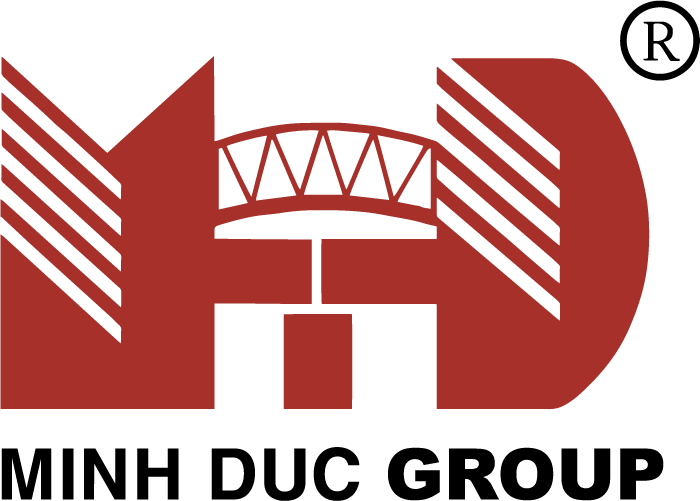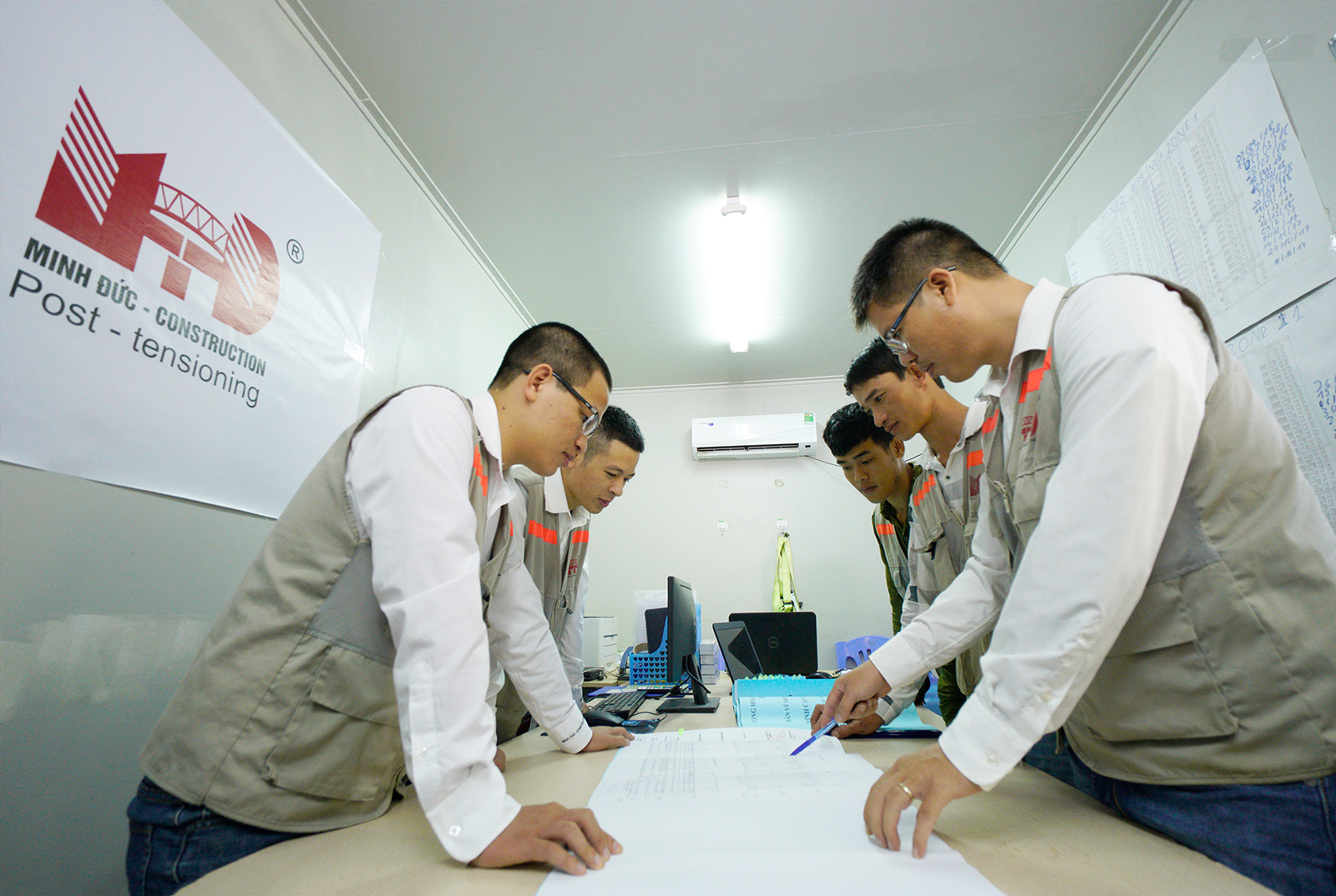MONITORING AND MAINTENANCE OF SUSPENSION CABLE BRIDGES
I. Suspension Cable Bridge Monitoring System
- Main cable: Fiber optic sensors monitor steel corrosion, strand breakage, and the tensile force of cable bundles; humidity sensors detect moisture inside the main cable.
- Suspender cables / cable clamps: Piezoelectric sensors monitor abnormal cable forces, while accelerometers detect changes in vibration frequency (to prevent fatigue failure).
- Stiffening girder: Strain gauges monitor stress at welded joints of the box girder; deflection sensors measure the vertical deformation of the main girder.
- Towers and foundations: Instruments track tower-top displacement and foundation settlement; underwater robots inspect river-bed scour.
- Environmental and load monitoring: Anemometers record wind speed and direction to assess wind loads.
II. Maintenance During the Operation of Suspension Cable Bridges
1. Regular Inspection and Maintenance of Anchor Blocks
- Quarterly inspections should be conducted to check the connections of structural components at the anchorage, and to observe the anchor heads and rods for any signs of rust, damage, or abnormal deformation. Cleaning and anti-corrosion protection should be carried out accordingly.
- Monitor for any structural cracks or significant displacements; if abnormalities are detected, analysis and timely corrective measures are required.
- The anchorage chamber should be maintained under stable environmental conditions: a temperature of around 22°C and humidity not exceeding 50% to minimize corrosion.
2. Regular Inspection and Maintenance of Main Cables
- Quarterly inspections should be performed on the surface protection layer of the main cables to ensure the anti-corrosion coating remains intact, without damage, aging, or peeling.
- If any damage to the protective layer is detected, timely repairs must be carried out.
- In cases where the main cable strands show damage or corrosion, they should be classified according to the severity and treated accordingly; for severely corroded strands, rust removal and protective restoration must be performed.
3. Regular Inspection and Maintenance of Hanger Cables
- Inspection using cable-climbing robots: Regularly observe the external PE sheath of the hanger cables; if cracks, peeling, or damage are detected, immediate repairs are required.
- Non-destructive inspection using a magnetostrictive system: Detect corrosion and wire breakage inside the hanger cables; if rusting is observed, timely evaluation and maintenance should be performed.
- Tension measurement using vibration sensors installed on the cable-climbing robots: If the current tension differs significantly from the initial or previous measurement, the cause must be analyzed and proper adjustments made.
- Inspect and realign dampers if they are displaced.
4. Regular Inspection and Maintenance of Cable Clamps
- Annually measure the tightening force of the high-strength bolts on the cable clamps; if the loss of clamping force exceeds 30%, re-tightening is required. After two years of bridge operation, all clamp bolts must be re-tightened.
- Inspect the external protective layer of the cable clamps for cracks or damage, and ensure that the anti-corrosion structure between the cable clamp and the main cable remains intact.
5. Regular Inspection and Maintenance of Cable Saddles (or Cable Separators)
- Conduct annual inspections to check for any signs of misalignment, jamming, roller tilting, or corrosion and damage to components.
- If corrosion is found, clean the affected areas and reapply the anti-rust coating.
- The cable saddle must be maintained in its normal working position; if displacement exceeds the allowable limit, inspect the cable alignment geometry, assess the stress in the bridge tower, and determine whether adjustment or repositioning of the saddle is necessary.
6. Steel Girders
In areas affected by rust, perform sandblasting to remove corrosion, then repaint the protective coating; randomly inspect the high-strength bolts.
7. Bridge Deck
Clear drainage pipes; clean expansion joints, remove debris, and replace rubber strips if damaged.


